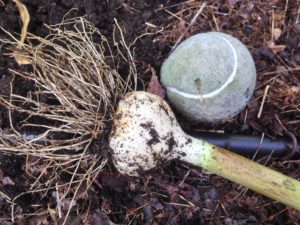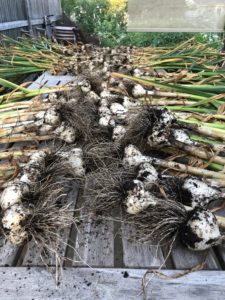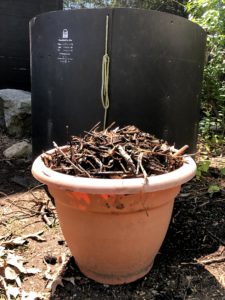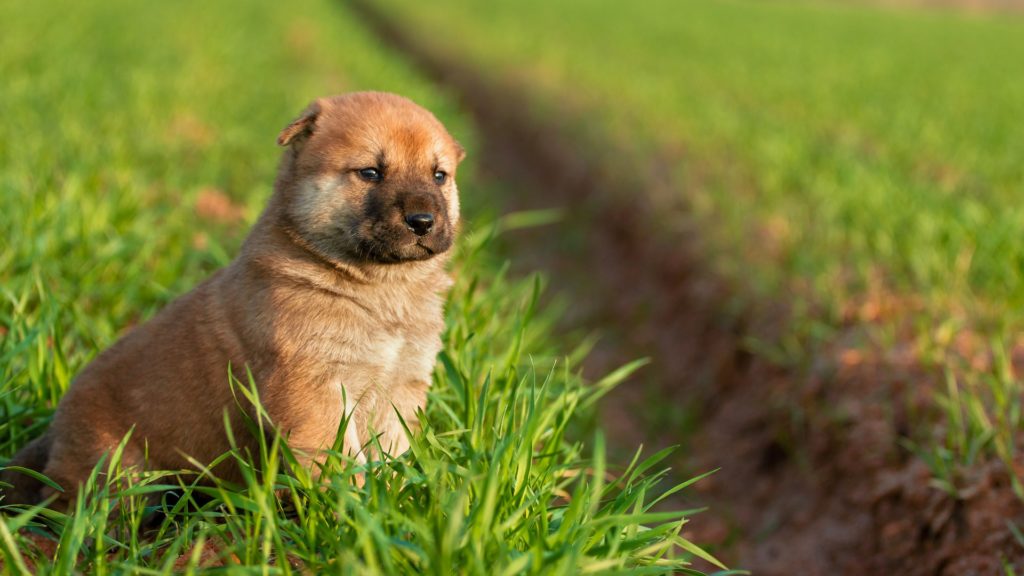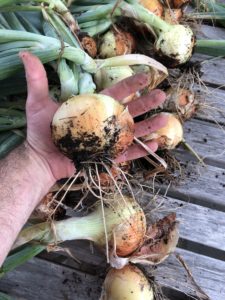
We grow Cortland onions from seed. They get sown indoors in February, and it’s nice to have something growing that early, a harbinger of the season to come.
Onions did well this year!
As noted in an earlier Facebook post, we’re getting rain daily. That’s great for growing lawn and carrots and other items, but not great for drying onions outdoors. After the onions “flop,” or bend over at the stem, they’re ready to harvest within the next few days. Onions that have sent up a flower stalk should also be harvested, and they’re the ones that should be eaten first as they won’t keep well.
Rain throws a bit of a wrench into the harvesting schedule though.

